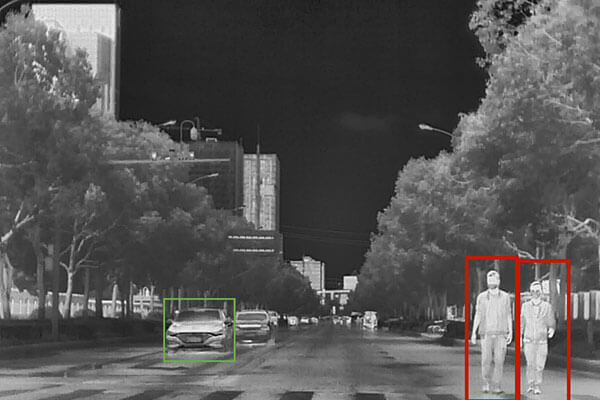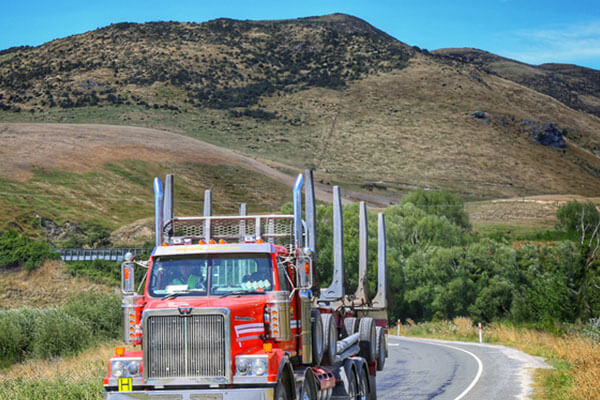The autonomous driving scheme based on multi-sensor is the inevitable trend of future automobile development. Infrared thermal imaging is especially suitable for distinguishing pedestrians and other inanimate obstacles because it can detect heat distribution. It has the advantages that other sensors do not have, and is not affected by rain, fog, haze and light conditions. The observation distance can reach hundreds of meters. It will occupy a place in the field of automatic driving in the future.


The combination of ADAS and thermal imaging technology could allow longer detection distances, and possess the ability to identify the type of object - human, animal or inanimate. It is also unaffected by glare, total darkness or other harsh environment such as dust, smoke, snow, fog, etc.
What's more, the infrared thermal imaging detector can be used to sense the active status of driver and passengers, such as managing the vehicle's HVAC system to adjust heating and ventilation accordingly, or adapting the driver's monitoring system to avoid leaving pets or babies in the car.


Special vehicles generally refer to the vehicles that are responsible for special services, hanging special vehicle number plates, with alarms or sign lamps equipped, such as ambulances, fire engines, police vehicles, engineering rescue vehicles, etc. Special vehicles usually travel day and night, and the road conditions are more complex. Infrared thermal imaging technology is not afraid of the darkness, which can improve the visibility of special vehicles in all kinds of weather and light environment, detect distant obstacles and make driving judgment as soon as possible, so as to ensure the safe driving of special vehicles.


Go Top